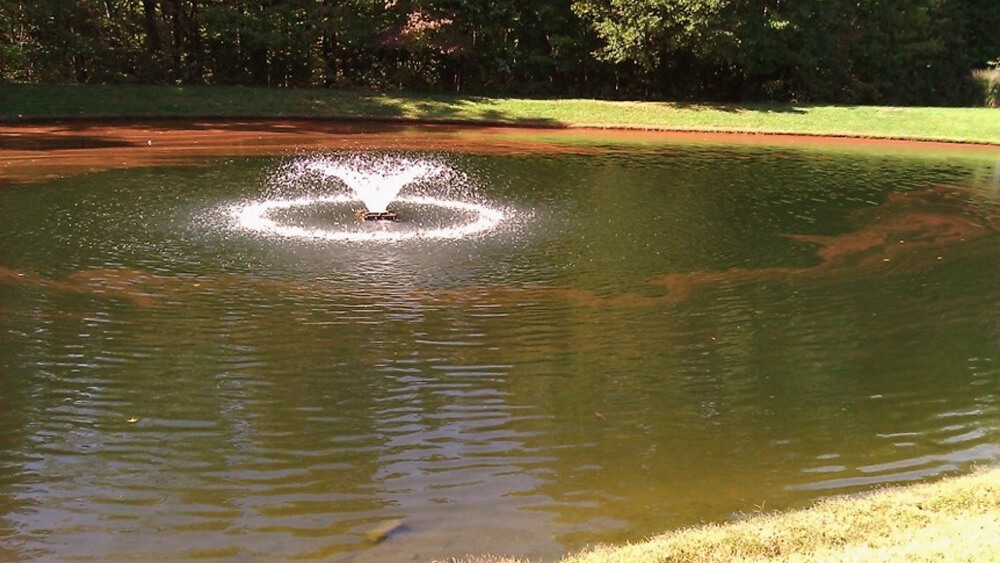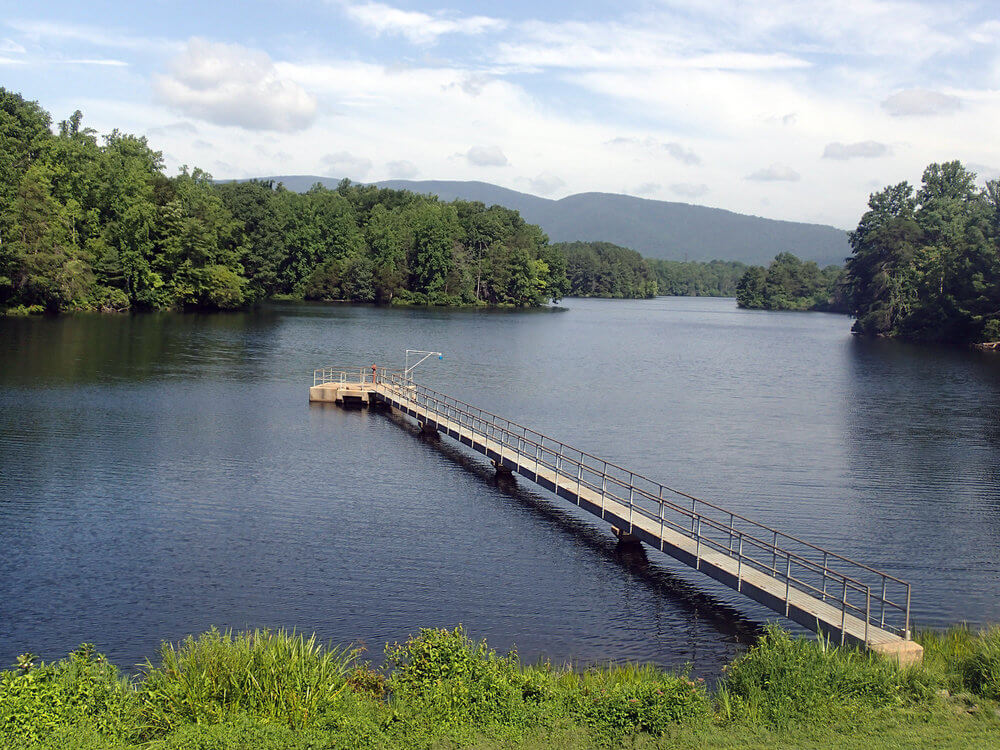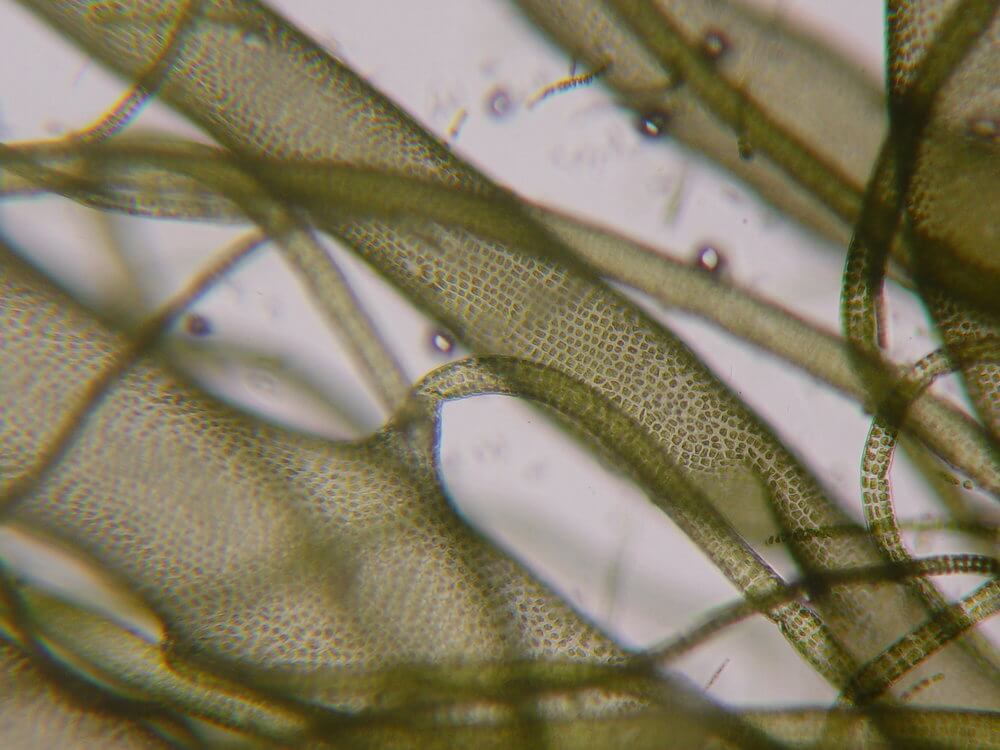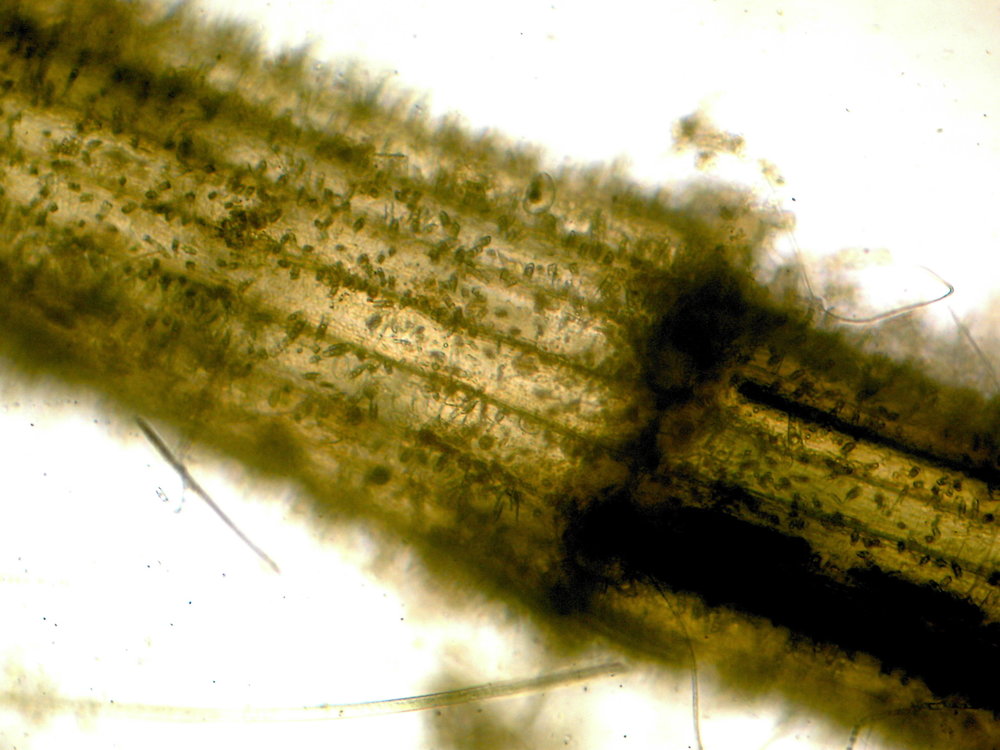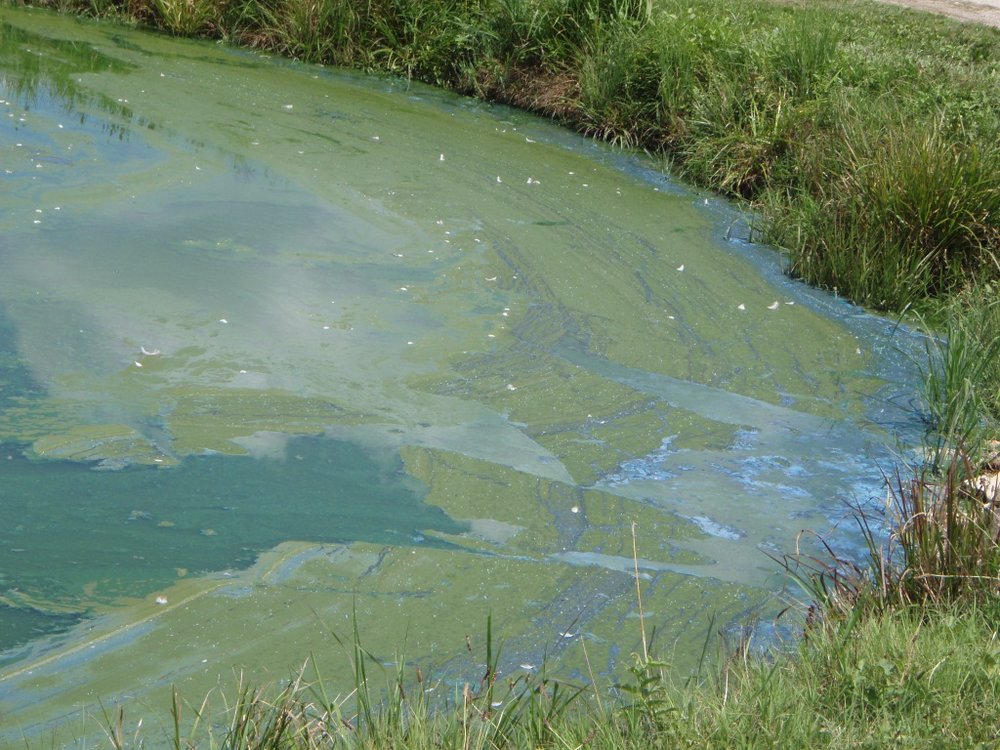Algae Corner: Toxic Algae & Closed Water bodies
Today, we're going to showcase a broad overview of many different algal groups that can cause significant impacts to humans and wildlife in their environment, from golden algae and euglenoids to diatoms and raphidophytes.
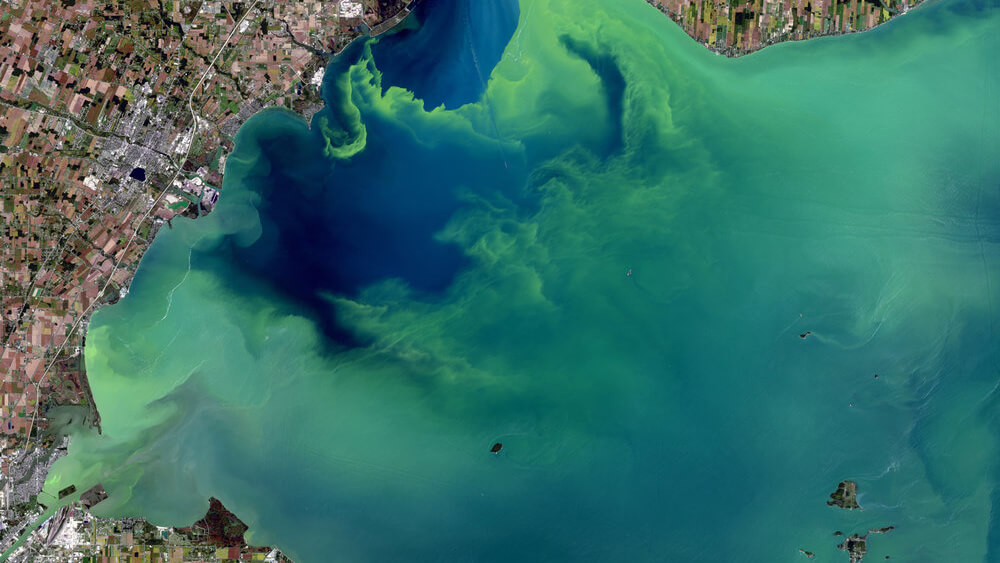
Algae Corner: Toxic, Noxious, and Smelly Algae (part 2)
Want to get Updates? Get the latest news by subscribing to our channel:
Has your lake been closed due to toxic algae? Have you seen a sign put up on your beach that's preventing you from enjoying the water? It’s important to know that just putting up that sign is not without risk. The algae in the water body can certainly still pose risk to you, your family, and your pets if you allow it to continue to persist.
Cyanobacteria in Your Water
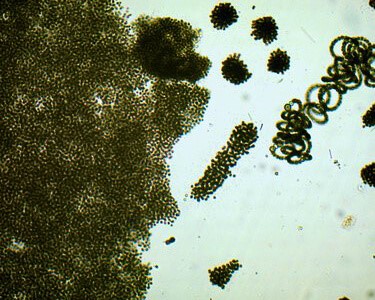
Often, these “closed” signs confirm that a toxin-producing algae has been identified in your water. These are often cyanobacteria, those blue-green algae that produce toxins in fresh waters. There's a whole host of different toxins that can be produced: liver toxins, neurotoxins, and dermatitis toxins, so it's important to understand that there is a real health risk.
Many Routes of Exposure
We’re exposed to these cyanobacterial toxins in many different ways. There are many different routes of exposure, not just contact recreation. This is key to understand, because putting up that sign to close the beach doesn't offset all these risks.
For example, there’s an inhalation route of exposure. Some of these cyanobacteria which house the toxins, or some of the toxins themselves, may become aerosolized. People near the water resource and people living downwind from the water resource may be exposed to these toxins.
So putting up that sign certainly does not offset this route of exposure, or many others that often may make it worse. In fact, this may allow that bloom to continue to grow and persist, get more dense, and produce more toxins.
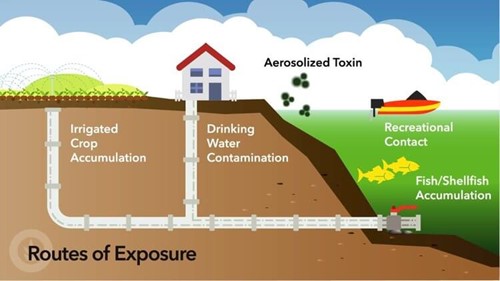
Preventing Exposure
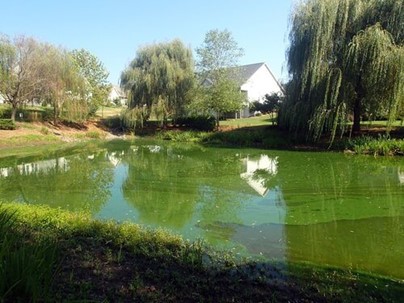
The only way to prevent exposure to these cyanobacteria toxins is for them to not be produced in the first place. You really need to go after the source. Don't allow those bacteria to grow and produce toxins in your water resource. Go after them before they go after you.
So, how do you do this? How do you go after them? Being preventative or proactive is often the best approach, trying to offset them from growing by keeping nutrients out of the water body, monitoring it, and controlling them at low levels.
Controlling Algae Growth Directly
However, often times when you have the “closed” sign up, you already have a massive bloom, and it's already too late. At that point, you have to attack that bacterial infection directly. The U.S. EPA has numerous approved products that they've reviewed for use in lakes, ponds, and reservoirs that can directly kill and control these nuisance and noxious types of algae.
I urge you to review these and see if they're applicable for your lake or pond. They can directly solve this by killing those cyanobacteria before they produce these toxins that can harm human health and before they can get higher densities.
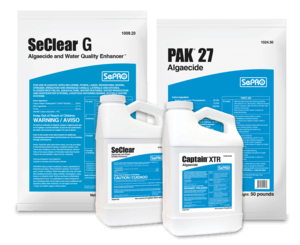
Treating the Infection
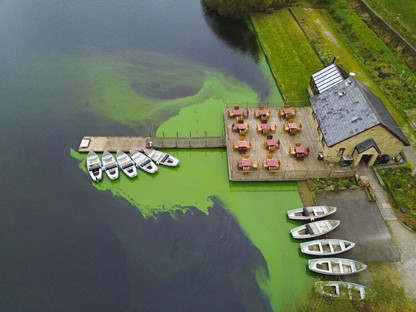
This concept of controlling them is not a foreign concept. If you had a cut on your skin, a bacterial infection on your skin, you often put an antibiotic on it to kill that infection. If you had pink eye, or bacteria conjunctivitis in your eye, you could go blind if that infection isn’t treated. Again, you put an antibiotic on it and control it.
In many ways, this is the same concept for your water resource. We've developed advanced solutions to target those nuisance and toxic cyanobacteria in your water body. Some of the same chemistries you may use for the cut on your hand, we've applied and created products for in water resources to control those toxic cyanobacteria before they can get you.
Summary
So before you put up that sign to close the beach, I urge you to reconsider. That is not without risk. It does not offset human health risks, wildlife health risks, or risks to pets and livestock. Take the fight to the cyanobacteria and control them.
If you need more help on identifying the right solution for your water resource, or more information on convincing people they have to take action, please contact us for help.

